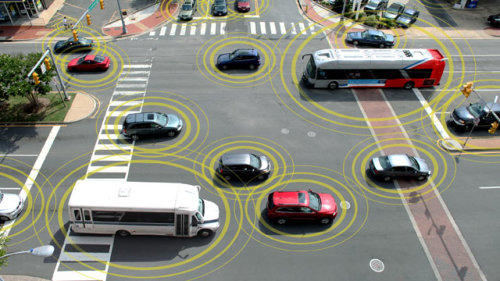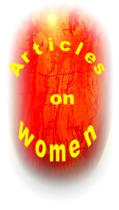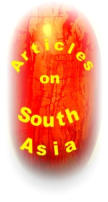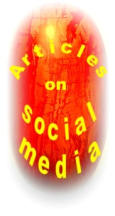
.





‘Knowledge is power’



For several years now, we've been hearing about a
near future in which all of our digital devices comm-
unicate with each other. Your fridge notices that you're
at the grocery store, for example, and sends a mess-
age to your phone saying you're out of milk. Or your
oven texts you when the pot roast is done.
Now this so-called "Internet of things" is coming to
the highway. As cars grow more and more compute-
rized, they will be able to trade messages about traffic,
weather and road conditions. More urgently, they can
broadcast their speed and direction and warn each
other about potential safety hazards, such as when a
nearby vehicle is drifting into your lane.
"If I can get information from the car next to me that
they're going to turn right, that would be great," expl-
ains Maarten Sierhuis, director of Nissan's research
center in Silicon Valley. He imagines a day when information about almost all vehicles is stored in the cloud and accessible by all. "It
would be like crowdsourcing the driving experience."
This technology is called vehicle-to-vehicle communications, or V2V for short, and it's not far off.
In the first test of its kind, almost 3,000 cars and trucks equipped with prototype V2V devices have been driving around Ann Arbor,
Michigan, over the past year-and-a-half as part of a pilot program by the University of Michigan and the U.S. Department of Transport-
ation.
The devices emit a short-range safety signal 10 times per second and can detect signals from other vehicles to determine when a pote-
ntial accident is imminent. Cars equipped with the devices emit beeps when they detect potential hazards such as another vehicle ent-
ering an intersection, a pedestrian, a patch of ice or even their driver speeding too fast around a curve.
Researchers are still crunching the data, so it may be too soon to say whether Ann Arbor's network of connected cars made its streets
safer. But federal transportation officials are already sold on the technology, which they estimate could prevent 76% of the crashes
on U.S. roads.
Earlier this month, the National Highway Traffic Safety Administration announced it will move forward with plans to require V2V tech-
nology on all cars and light trucks, possibly as early as 2017. The tech would come standard on all new vehicles and could easily be
added to older ones as well.
"V2V crash avoidance technology has game-changing potential to significantly reduce the number of crashes, injuries and deaths on
our nation's roads," says NHTSA Acting Administrator David Friedman. "Decades from now, it's likely we'll look back at this time period
as one in which the historical arc of transportation safety considerably changed for the better."
This V2V technology would only send warnings to drivers. But future systems could automatically take over braking or steering if they
sensed an imminent collision, federal officials say. Carmakers also are experimenting with other methods of warning drivers of impe-
nding dangers, such as vibrating steering wheels.
By Heather Kelly, CNN
We humans are flawed drivers. We sometimes get behind the wheel while sleepy or even drunk, and we're easily distracted, whether by
our electronic devices or something pretty outside our window. In the gravest circumstances, we can even have a stroke or heart attack
behind the wheel.
This is why researchers, app developers and car companies are developing technology to monitor flesh-and-blood drivers and help them
avoid accidents. Advanced sensors in the passenger cabin can monitor a driver's vitals such as heart rate, eye movements and brain
activity to detect everything from sleepiness to a heart attack. NEXT
World’s
encyclopedic
knowledge
compacted
in
your
hand




Please raise the vol to listen to the
lady airing awe @ the SINGLE author encyclopedia
You may also like:
Future humans to look like Pokémon characters?
Belief is useless says exChristian Franky Schaeffer
Men and women see things differently
Female Taliban Suicide Bomber Hates The Idea Of Virgins In Heaven
Empowering Book Newsletter






WOMEN’S POWER: ITS PAST, ITS PRESENT, ITS FUTURE: FEMOCRACY
WEB PAGES
OUR OFFERING
UPLOADED ITEMS
OUR EMAIL
kri200@womenspowerbook.org
QUESTION




















